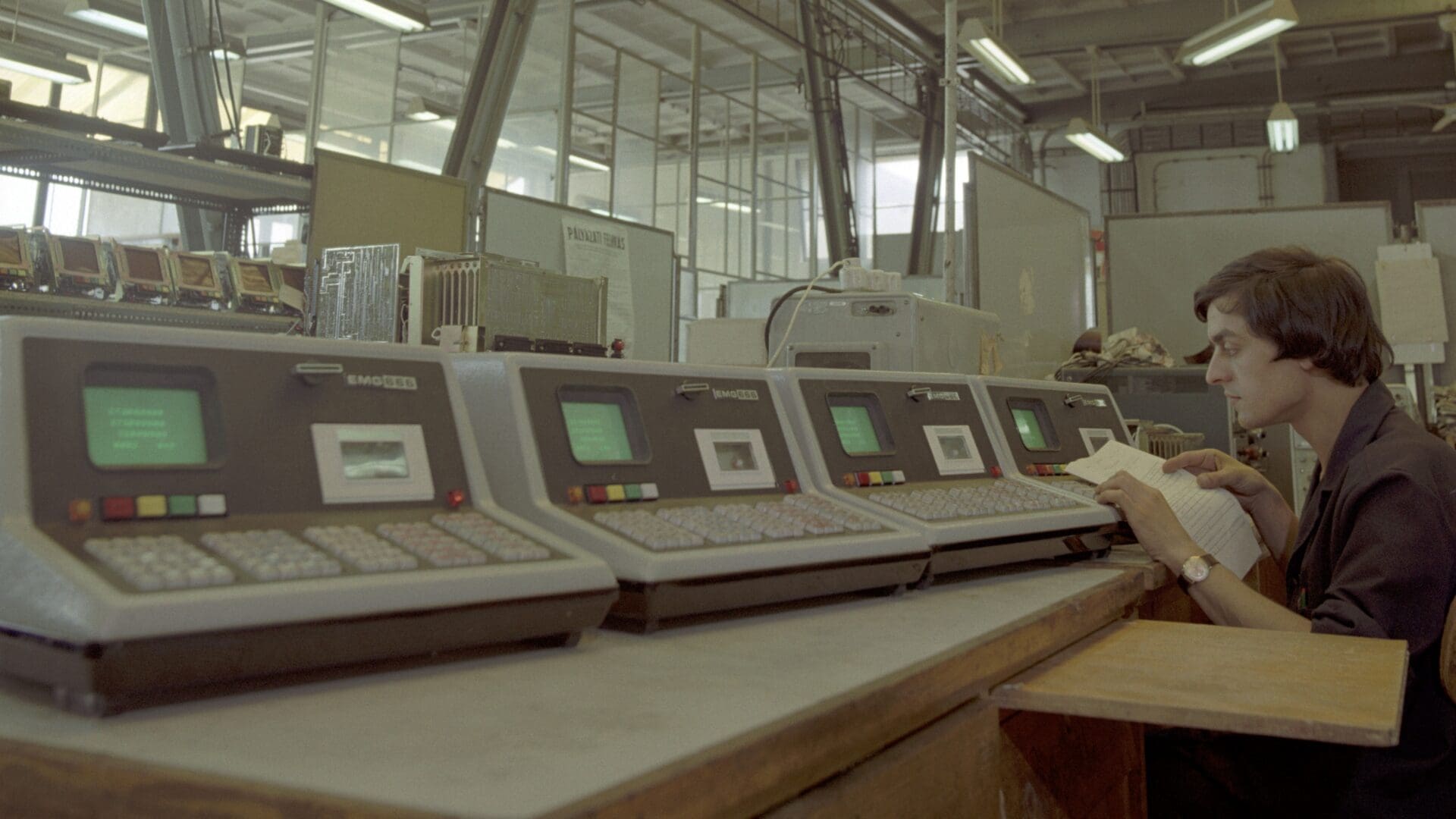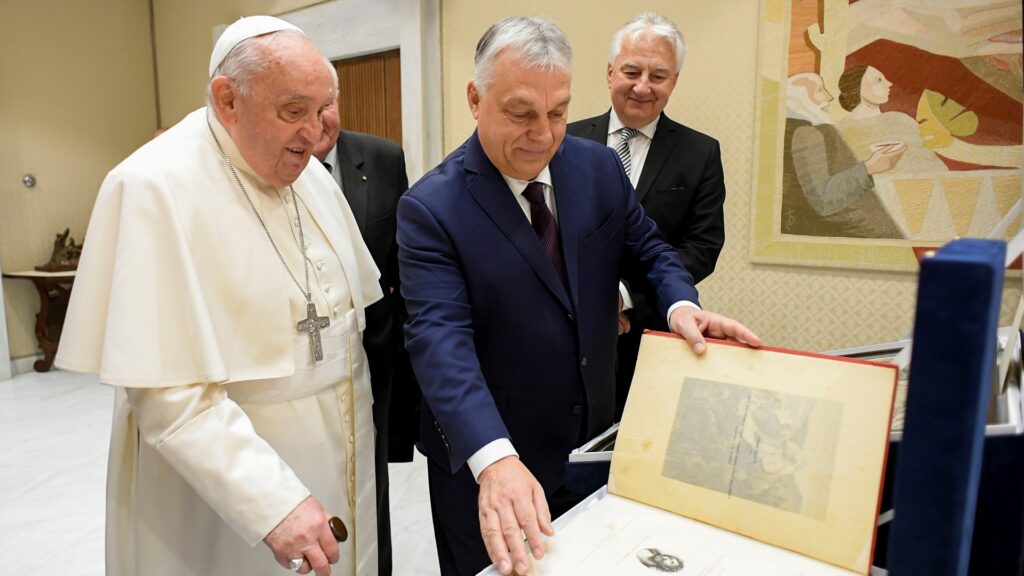The history of school computers is the theme of a new temporary exhibition organized by the Informatics History Museum Foundation (IHMF), starting from 8 March in Túrkeve and continuing in Budapest from the second half of May.
The exhibition titled School Computers — The Emergence of Digital Culture in Public Education will be on display from March to 1 May in Túrkeve, at the Pál Vadász Exhibition Hall of the Finta Museum, and then from the second half of May in Budapest, at the headquarters of the John von Neumann Computer Society on Báthori Street. The temporary exhibition provides an overview of the history of Hungarian secondary school computer education, focusing on the first half of the 1980s, when Hungarian schools began to be equipped with computers through a government programme.
The exhibition will feature over two hundred computers, as well as tapes, software, and documents from the IHMF collection and the Neumann Society’s Information Technology Exhibition in Szeged. The exhibition panels will also provide information about prominent figures in informatics education, including Mihály Kovács, a Piarist teacher, and Sándor Vincze, a teacher at Móricz Secondary School in Kisújszállás, who began teaching cybernetics, the precursor of modern informatics, in the late 1950s.
Among the exhibits will be the HT1080Z computer from the Telecommunications Cooperative, which had versions with 16 and 48 kilobytes of RAM, black and white graphics, and a built-in cassette recorder, and achieved great success in schools with the American game programme Galaxy Invasion. The game became popular because the Hungarian school computer was licensed from a Far Eastern computer compatible with the American TRS-80 computer manufactured in 1977. An original example of the American TRS-80 Model 1 will also be on display at the exhibition. Additionally, the Budapest Radio Technology Factory’s BRG ABC-80 computer, which also belongs to the classics of 8-bit Basic computers with 16 kilobytes of RAM and black and white graphics, will be exhibited. The structure appeared in Hungarian schools in a few hundred units before the HT computer was released. The machine was a result of Swedish–Hungarian cooperation, with engineer Marcell Jánosi designing a cassette data recorder for the Swedish computer, and later creating the world’s first micro floppy.
Visitors will also have the opportunity to see the Videoton TV Computer (TVC), a computer with colour graphics and a built-in steering wheel, which allowed for much more professional display than the HT computer. However,
by the mid-1980s, Commodore and later PC computers prevailed in schools.
The exhibition will also feature Commodore computers distributed by Novotrade, including the widely used Commodore-16 and Plus/4 models in Hungarian schools. In addition to the above, the exhibition will showcase the Primo home computer developed at HUN-REN SZTAKI in 1984, which had a significant impact on Hungarian computer education. Although it was not the best choice for schools due to its touch-sensitive, capacitive keyboard, it became popular among home users.
The Primo public computer is also one of the highlights of the exhibition.
The School-Computer exhibition will feature interactive replicas of rare Hungarian computers, such as Homelab-2, Aircomp-16, and Mickey-80, as well as an online knowledge base. Through this online resource and QR codes placed at the exhibition, visitors can access conference presentations, descriptions of exhibits, biographies, and interesting videos from the John von Neumann Computer Society’s Information Technology Database on the topic.
Related articles:
Sources: Hungarian Conservative/MTI








